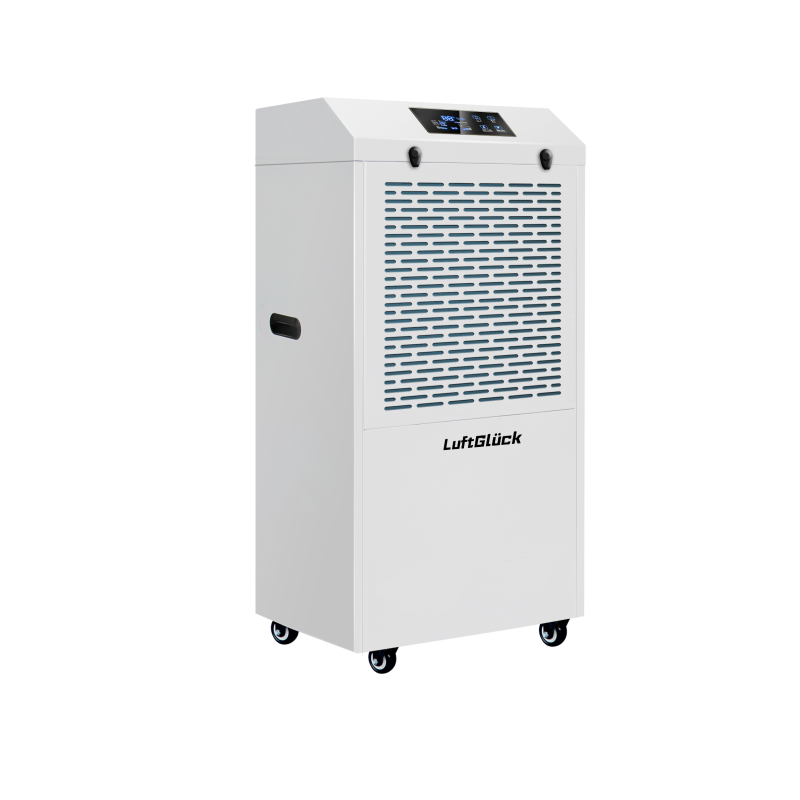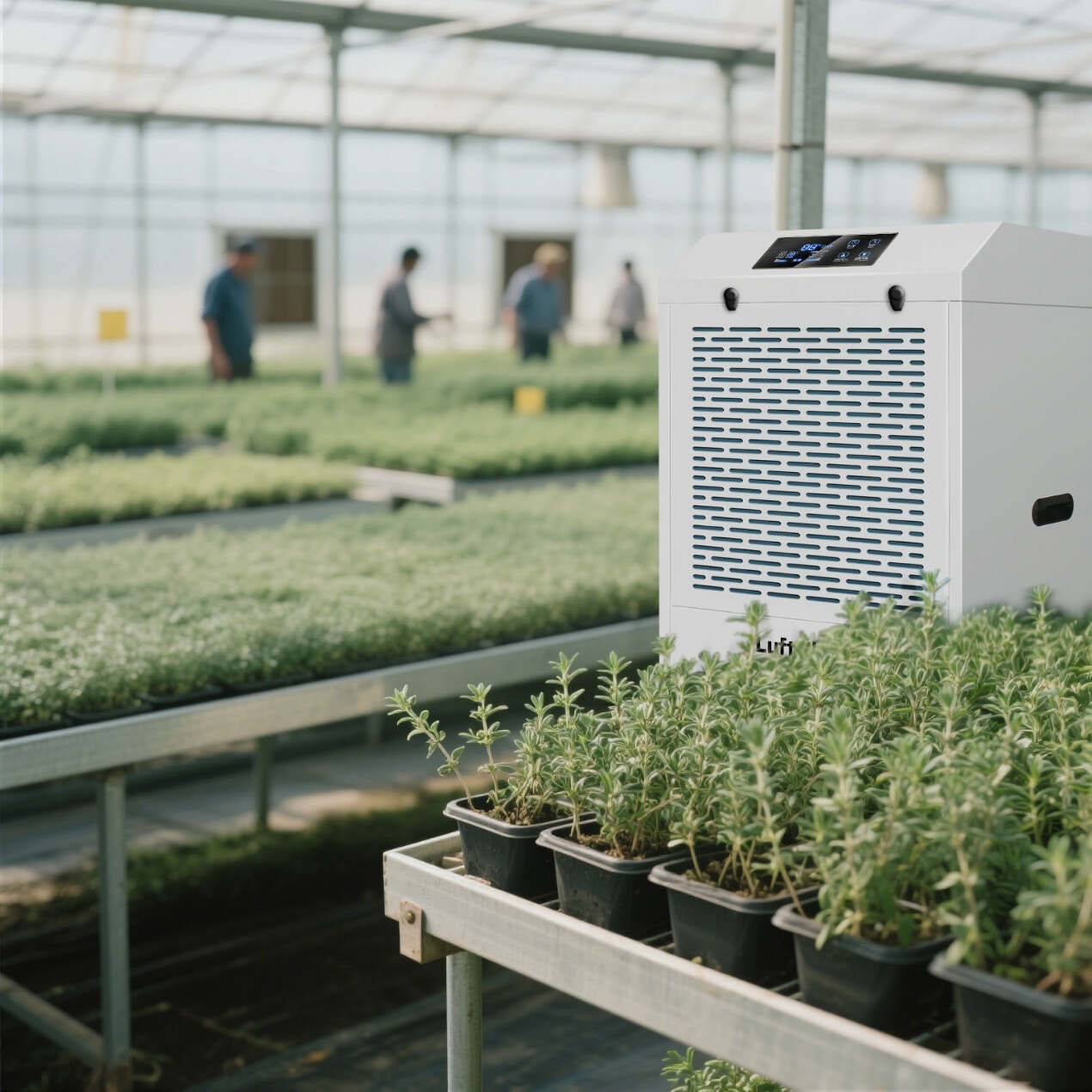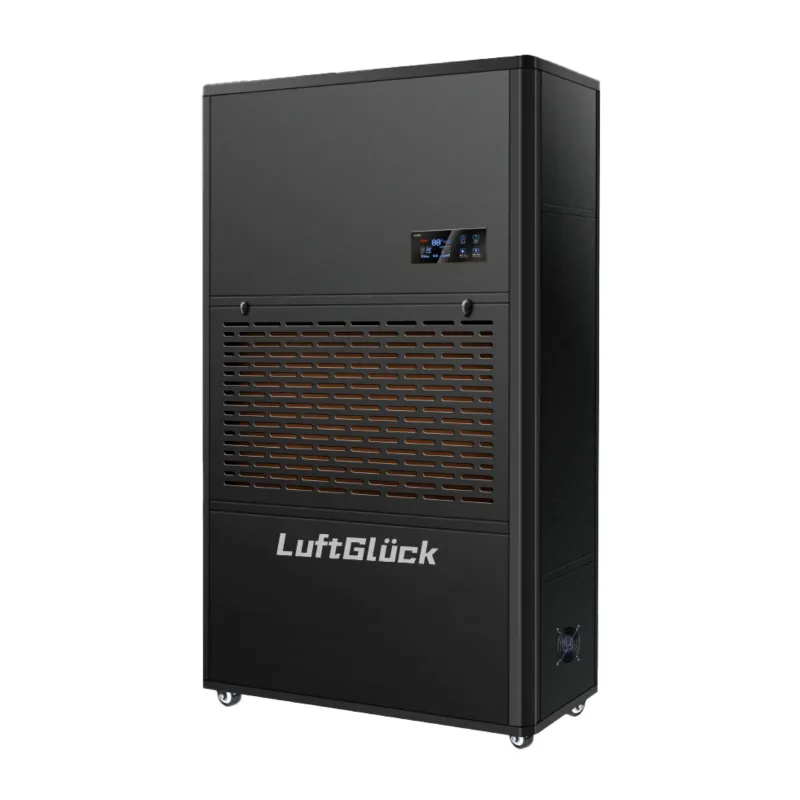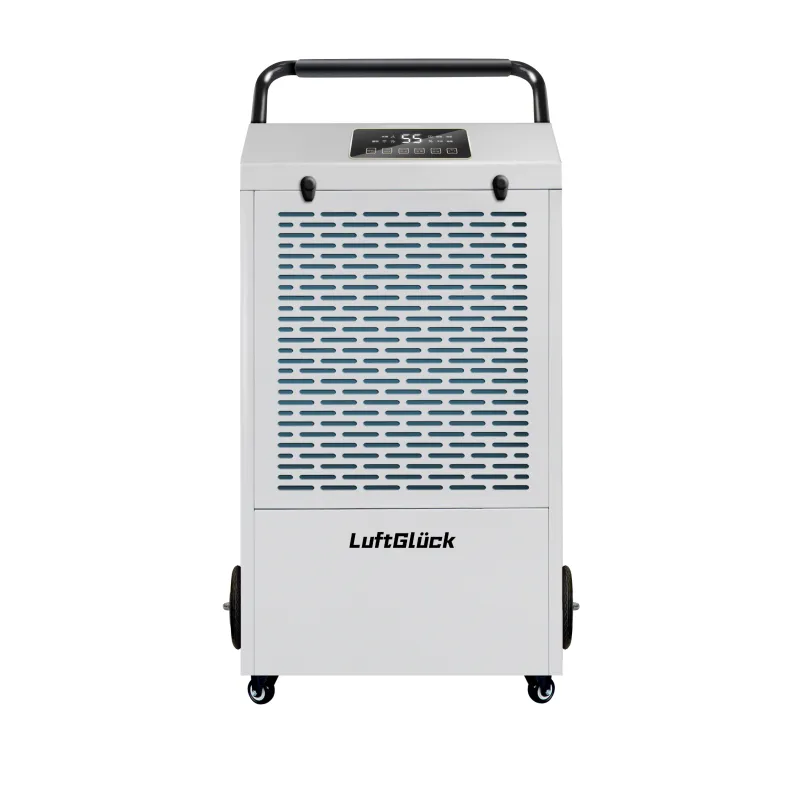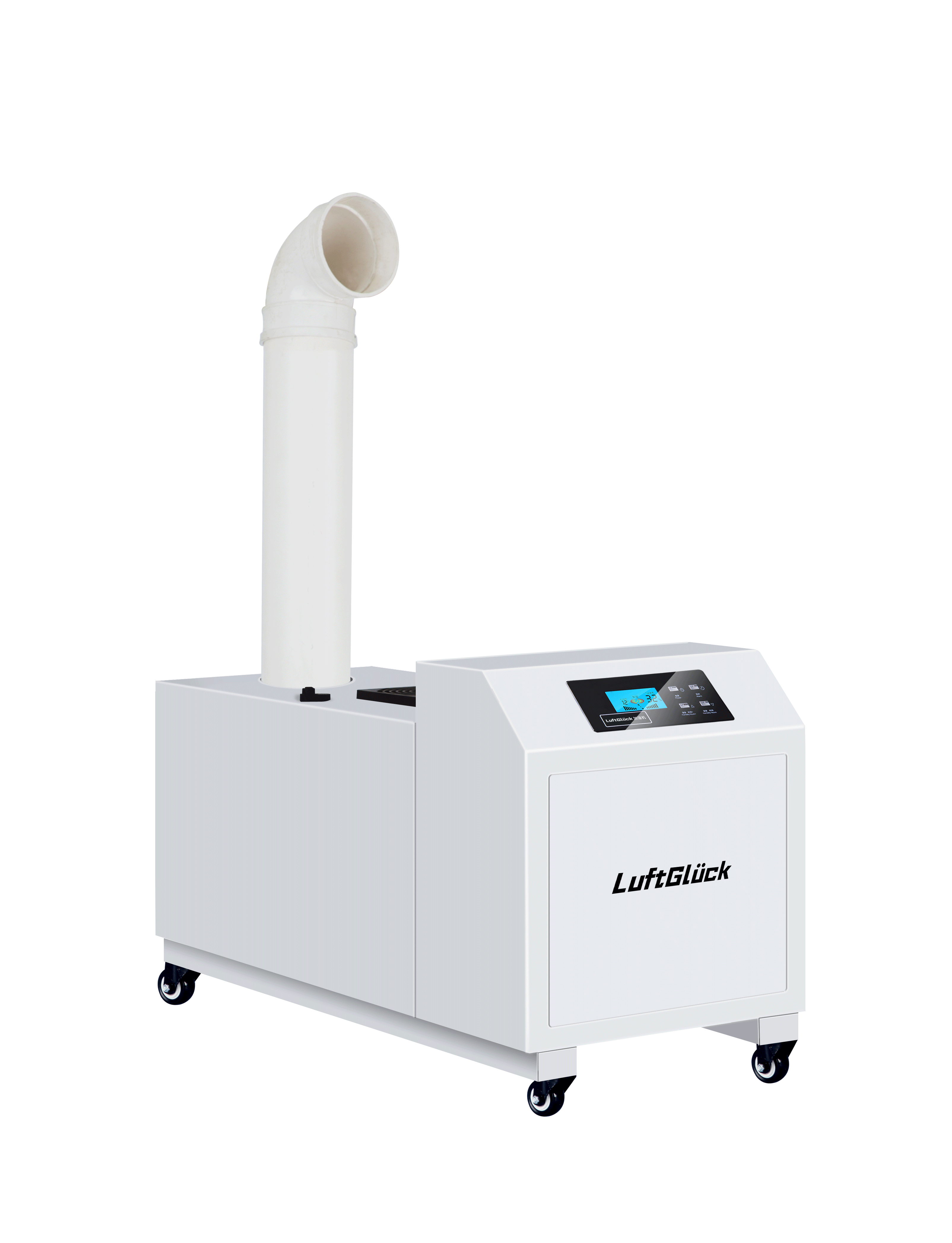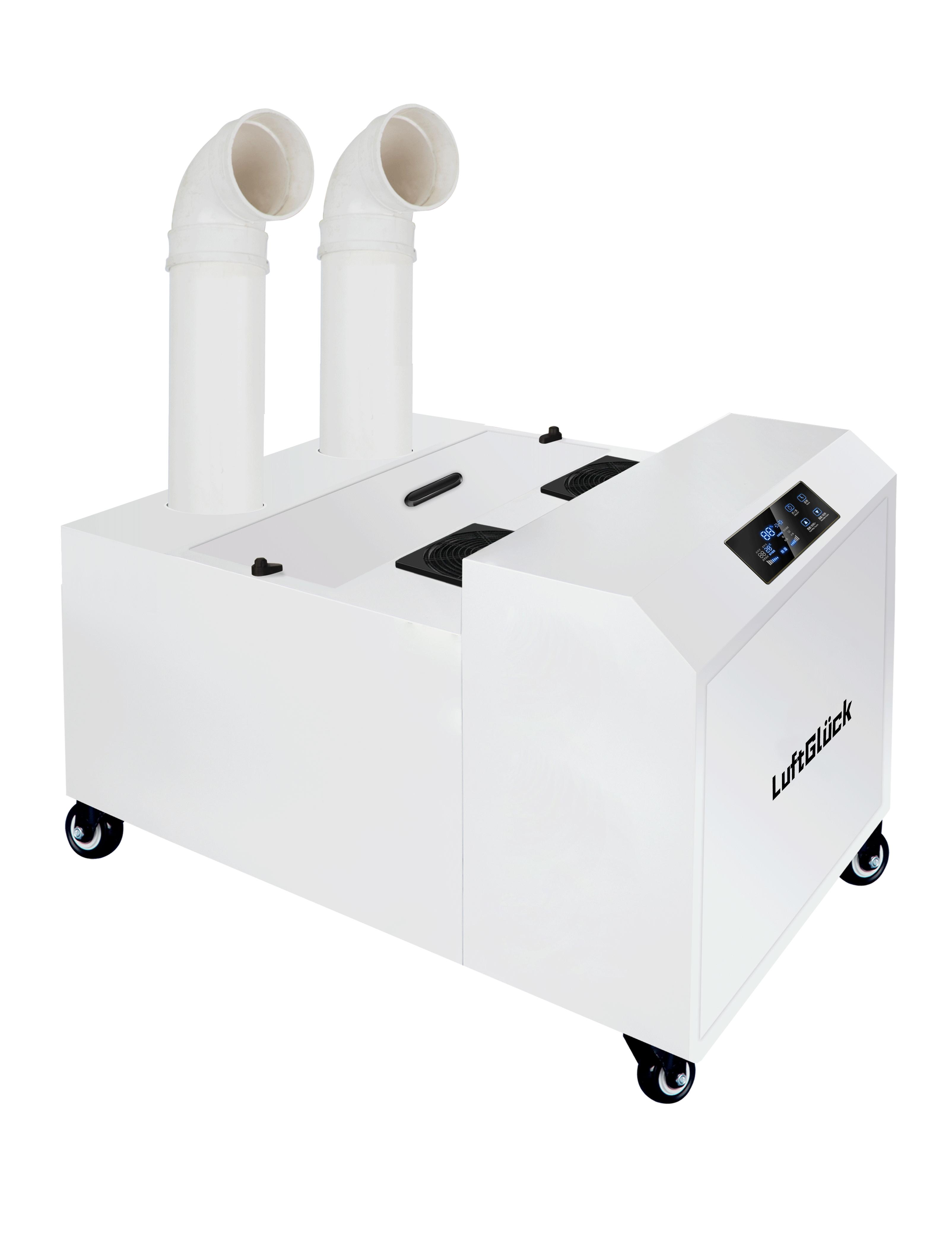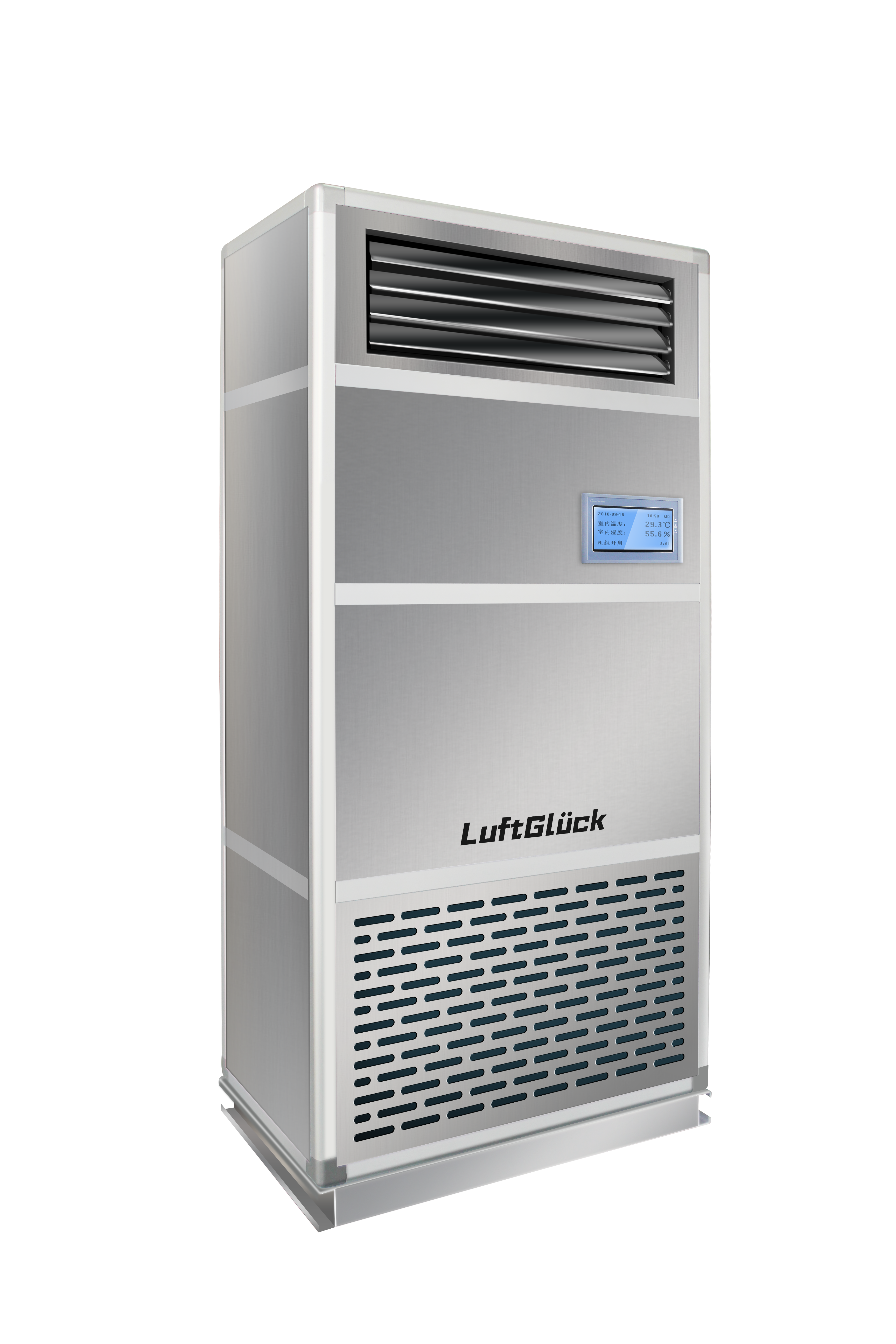greenhouse climate control
Greenhouse climate control represents a sophisticated system designed to maintain optimal growing conditions within controlled agricultural environments. This advanced technology integrates multiple components to regulate temperature, humidity, ventilation, and light levels, ensuring ideal conditions for plant growth throughout the year. The system utilizes a network of sensors that continuously monitor environmental parameters, coupled with automated control mechanisms that adjust conditions in real-time. Modern greenhouse climate control systems incorporate smart technology, allowing growers to manage settings remotely through mobile applications and web interfaces. These systems can automatically adjust roof vents, side walls, shade screens, and heating/cooling equipment based on predetermined parameters and current conditions. Additionally, they often feature integrated irrigation control, CO2 enrichment capabilities, and energy-efficient climate management strategies. The technology adapts to various greenhouse sizes and configurations, making it suitable for both commercial operations and smaller-scale growing facilities. By maintaining precise control over the growing environment, these systems help optimize crop yields, reduce energy consumption, and minimize resource waste while ensuring consistent production quality throughout the year.

